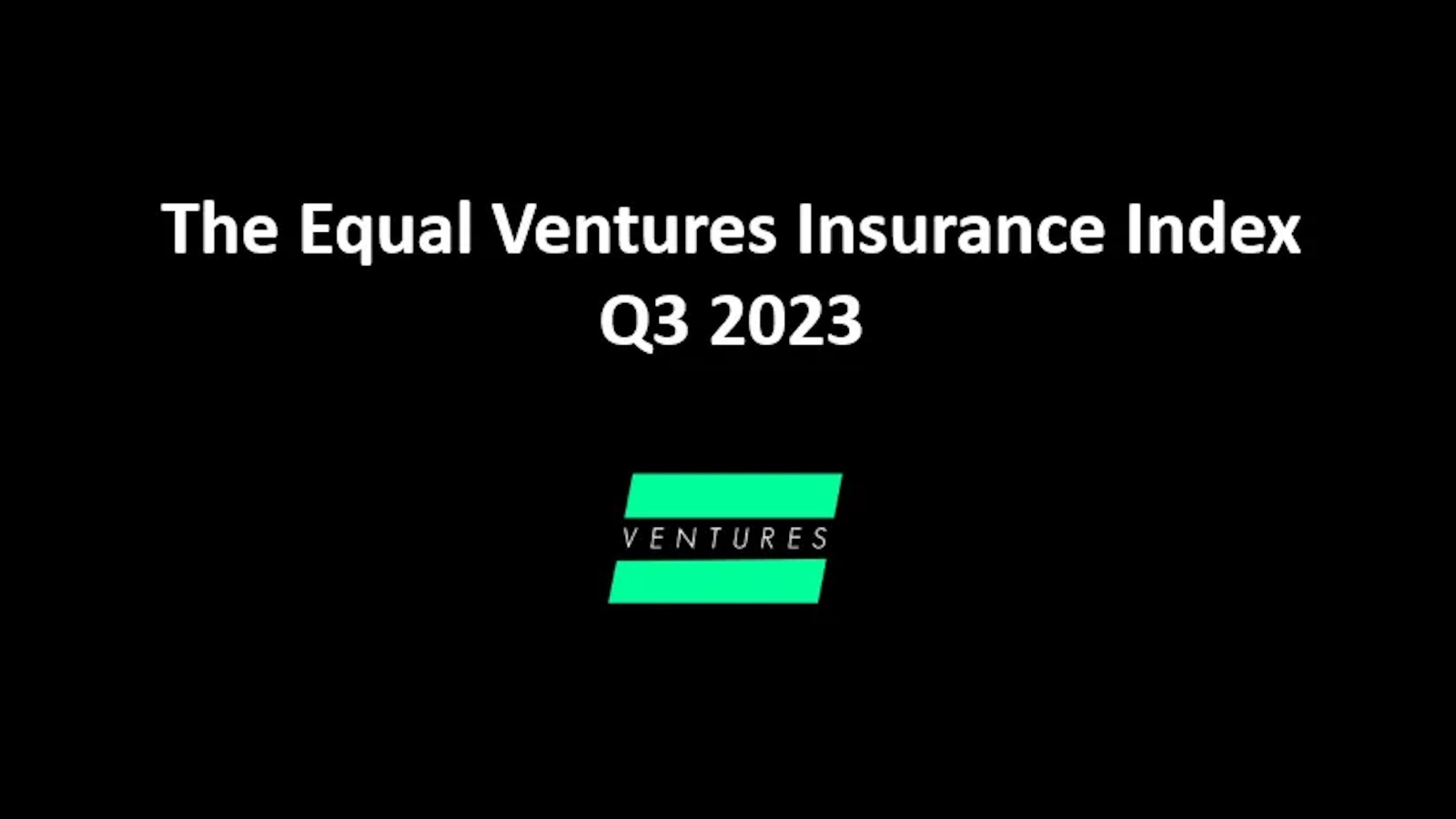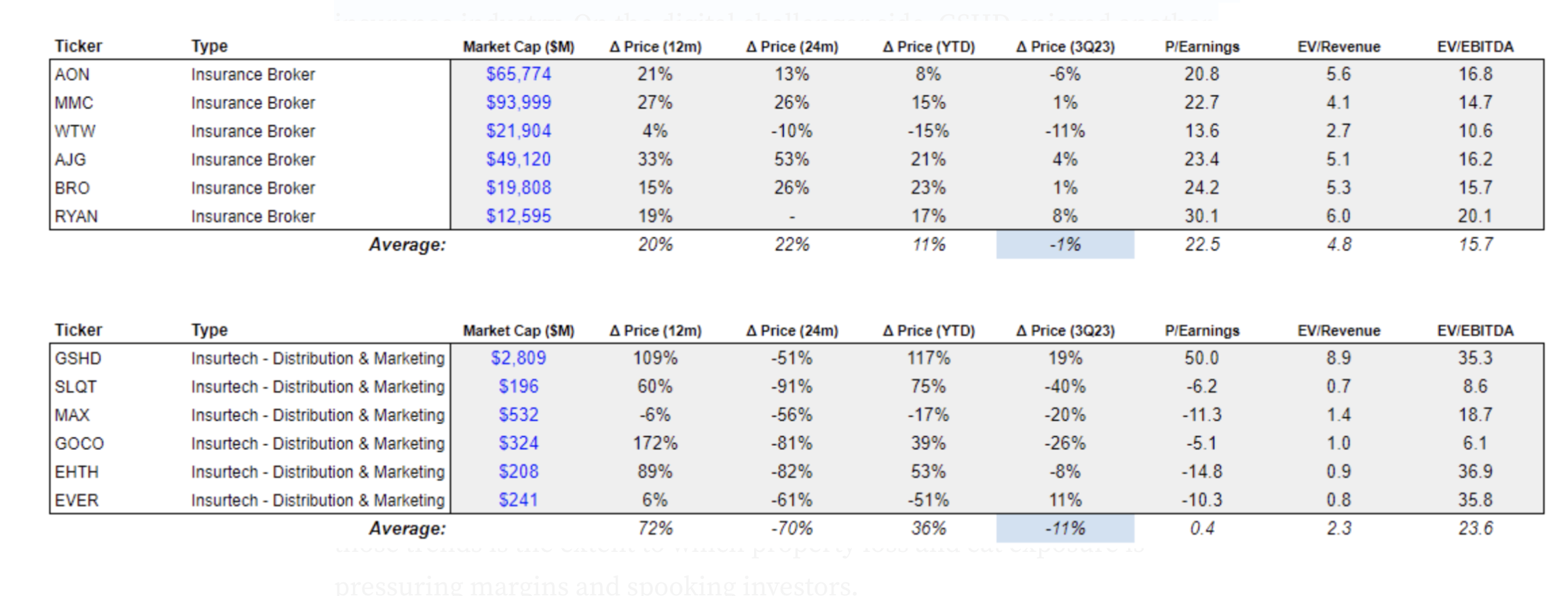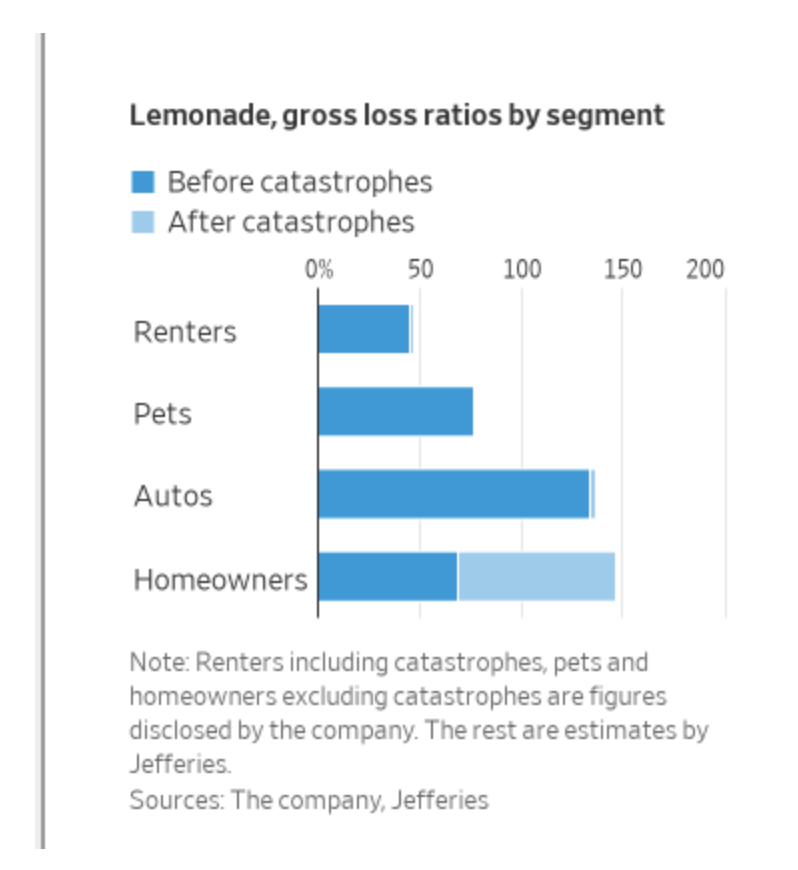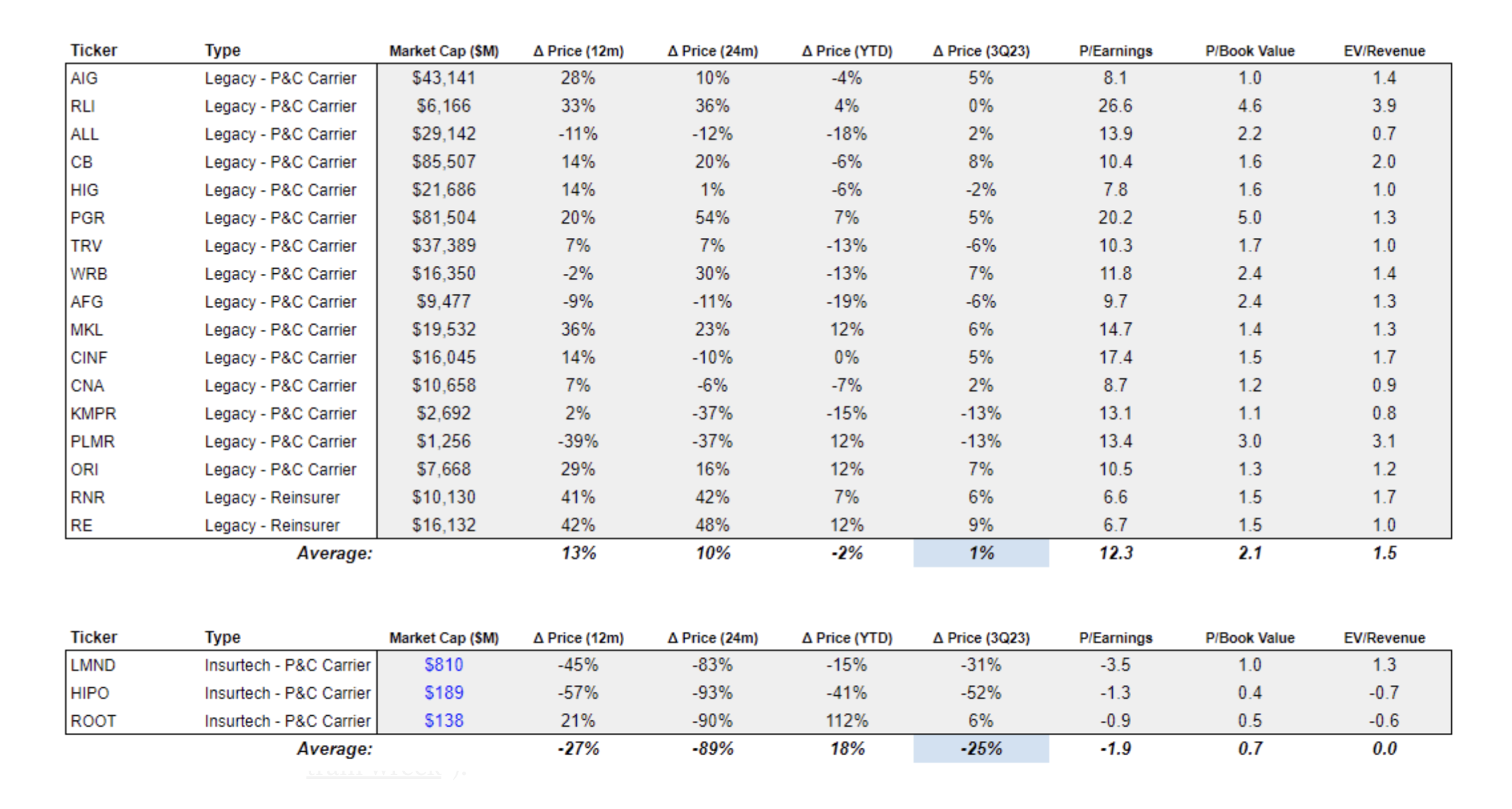Insurers face a myriad of challenges in today’s environment, routinely returning less than their cost of capital. Rising labor costs, increases in customer expectations, additional regulation of financial markets and pressure from digital native insurtechs combine to give even the most calm executive stress.
Given the nature of the high-volume and data-rich business, many would suppose insurers would quickly turn to automation and AI to combat some of their challenges. However, to date, insurers have been hampered by the inability of traditional automation technologies like robotic process automation (RPA) to handle the complexity and variability of the industry.
Thankfully, with the recent rise of natural language processing (NLP) models (including large language models, or LLMs) insurers can now deploy automation widely across their value chain to reduce back-office and front-office costs. The changes boost employee productivity and happiness by enabling them to focus on what humans (and not computers) do best and improve customer experience by allocating more employee time to customer engagement and providing greater personalization to meet customers' needs.
See also: The Risks of AI and Machine Learning
Why Haven’t Insurers Automated More?
Automation often has the highest return on investment on processes that contain: high volumes, lots of manual effort, multiple applications, tight service-level agreements (SLAs) and severe penalties for errors. By this definition, the insurance industry should be the perfect fit for automation and AI adoption, yet struggles to adopt on a large scale. Why?
Certainly, risk aversion can make insurers conservative. Yet, this fails to explain why insurance companies aren’t turning more to AI and automation to solve their challenges as other conservative industries (manufacturing, logistics, etc.) are widely using AI, especially in the back office.
Instead, the reason the insurance industry has not seen an explosion of AI implementation stems from the lack of capability in traditional automation systems like RPA. RPA requires:
- Highly Standardized Processes
- Exceptions to the Rule Anticipated Up Front
- Large Workforce of Special RPA Developers
- Constant Communication Between Developers and Subject Matter Experts (Like Claims Agents).
Unfortunately, these requirements often prevented many processes from being suitable for automation, especially processes like claims. A typical claim may contain a litany of different process “paths” based on the unique situation. In process terms, these are called “exceptions.”
Traditional automation is unable to understand the complexity of such situations or handle all the various edge cases that a human can easily handle. Adding to this problem, traditional automation requires hiring armies of “RPA developers,” highly paid individuals able to take a proposed process and translate it into the programming language (even if drag and drop) that automation can understand. Exceptions contained in most insurance processes, including customer onboarding, claims processing and underwriting, mean developers would be constantly required to try and program each and every one of the edge cases. In the past, it made more sense to simply outsource many of the processes to offshore centers.
This left insurers in a bind. Labor costs (including outsourcing) are rising faster than premiums. In addition, by outsourcing these processes insurers are unable to profit off the rich data created when such processes are digitally recorded. Thankfully, new AI and automation has arrived.
See also: Insurers Boosting Their Use of AI
A New Era: The Subject Matter Experts in Control
The rise of natural language processing and LLMs like ChatGPT have eliminated one of the biggest headaches with AI and automation: the need for developers. Instead, new automation systems are built with NLP at the core – making the building and management of even highly variable, complex automations accessible for the subject matter experts. Doing so eliminates many of the problems insurance processes have typically faced.
1. Even exception-heavy processes like claims can be automated
Subject matter experts like call-center agents, brokers and underwriters know their business well. If something unexpected occurs, more times than not they’ve encountered it before. Because automation is now all in English, new technologies make it easy for the subject matter experts to handle any exception simply by conversing with AI. Now, even complex processes with lots of variability in documents or rules (like insurance claims) can be automated, driving significant cost savings through employee reassignment or capacity creation for growing segments.
2. The deep industry knowledge and experience of an aging workforce can be captured as a rich data source.
In today’s data-driven economy, knowledge of a business’s processes can yield significant efficiency gains in process re-design and improvement. However, because of the vast quantity of scenarios and incidents that can occur in the coverage of insurance businesses, capturing a view into the processes can be too expensive relative to the ROI. However, with NLP-based automation, the automated activities (and the SME’s responses to exceptions) are recorded in English in the form of a “business journal.” This data represents a rich treasure-trove of data on which prompt based queries can be run using LLMs. Executives can now gain on-demand answers to core questions about their business, notice trends and make more effective decisions. It’s precisely here where legacy insurance providers have an advantage relative to entry insurtech players. The volume of processes, if captured properly, can provide far more market data at scale than new players have, providing essentially key market research.
3. Front-office employees can spend more time focused on customer relationships.
Customer service scores continue to decrease in the insurance industry across sectors. This decline stems from frustration in claim creation, delays to claim resolution and a feeling of the customer “just being a number.” Now, NLP-based automation technologies solve these problems. In a recent example, one contact center saw a decrease in average handle time (AHT) from 513 seconds to 209 seconds by automating the account lookup, note taking (from voice to text) and primary actions taken. With this sort of automation, insurers can enable their people to genuinely focus on their customers, develop trust, provide personalized care and improve both employee and customer experience alike.
The new era of NLP based automation provides a rich opportunity for an industry struggling to contain costs, improve customer experience and fight off new competition. Traditional limitations to legacy automation systems like RPA are unlocked by NLP-based automation. Now, automation and AI are accessible to insurance subject matter experts, boosting productivity and allowing for even highly variable, complex processes to be automated.
As more is automated, variable costs will decrease significantly in this high-volume industry, data relative to the working and market will be captured efficiently and a better customer experience will drive retention, cross-sell and up-sell opportunities.



























